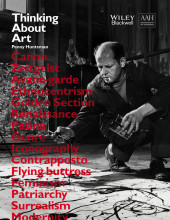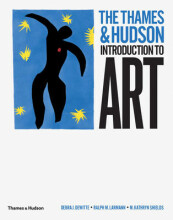Introduction: Definitons and Time Limits; the Impact of Antiquity
9 important questions on Introduction: Definitons and Time Limits; the Impact of Antiquity
Why were paintings from Antiquity almost not heard of during the Middle Ages?
What happened to the pagan (Roman) artworks in the Middle Ages?
2. Bronze statues or artworks were molten down to turn into cannons and other objects.
3. Reliefs were just turned around, repurposed (a sarcophagus as a drinking bassin) or given a new, Christian meaning.
4. Lifelike, marble statues were often just destroyed.
Why were objects from Antiquity treated quite badly during the Middle Ages?
2. The people were afraid of the pagan statues, as these were thought to possess magical powers.
- Higher grades + faster learning
- Never study anything twice
- 100% sure, 100% understanding
How were objects from Antiquity used as Christian propaganda?
What was Giovanni Pisano's Prudentia based on and why is this strange?
Why can it be hard to distinguish between Christian and Roman art?
Why wasn't the Equestrian Statue of Marcus Aurelius destroyed?
How does Michael Greenhalgh challenge the view that the (rise of) the Christian religion caused the loss of many Roman monuments?
- Christianity wasn't the only reason.
- People became indifferent to art and beauty.
- Many buildings were demolished because their materials could be reused.
- Statues were demolished because people were afraid of their magic (which isn't a Christian idea).
Which factors helped Roman artifacts survive the Middle Ages?
- The materials they were made of. Marble and bronze were reused, stone was not.
- Their size and where they were located. Outside of the city, they were safer, because they were often too big and heavy to bring back to the city.
- Subject matter. Artifacts without pagan reliefs survived more often, especially if they could be integrated within or adapted to Christian context.
The question on the page originate from the summary of the following study material:
- A unique study and practice tool
- Never study anything twice again
- Get the grades you hope for
- 100% sure, 100% understanding































